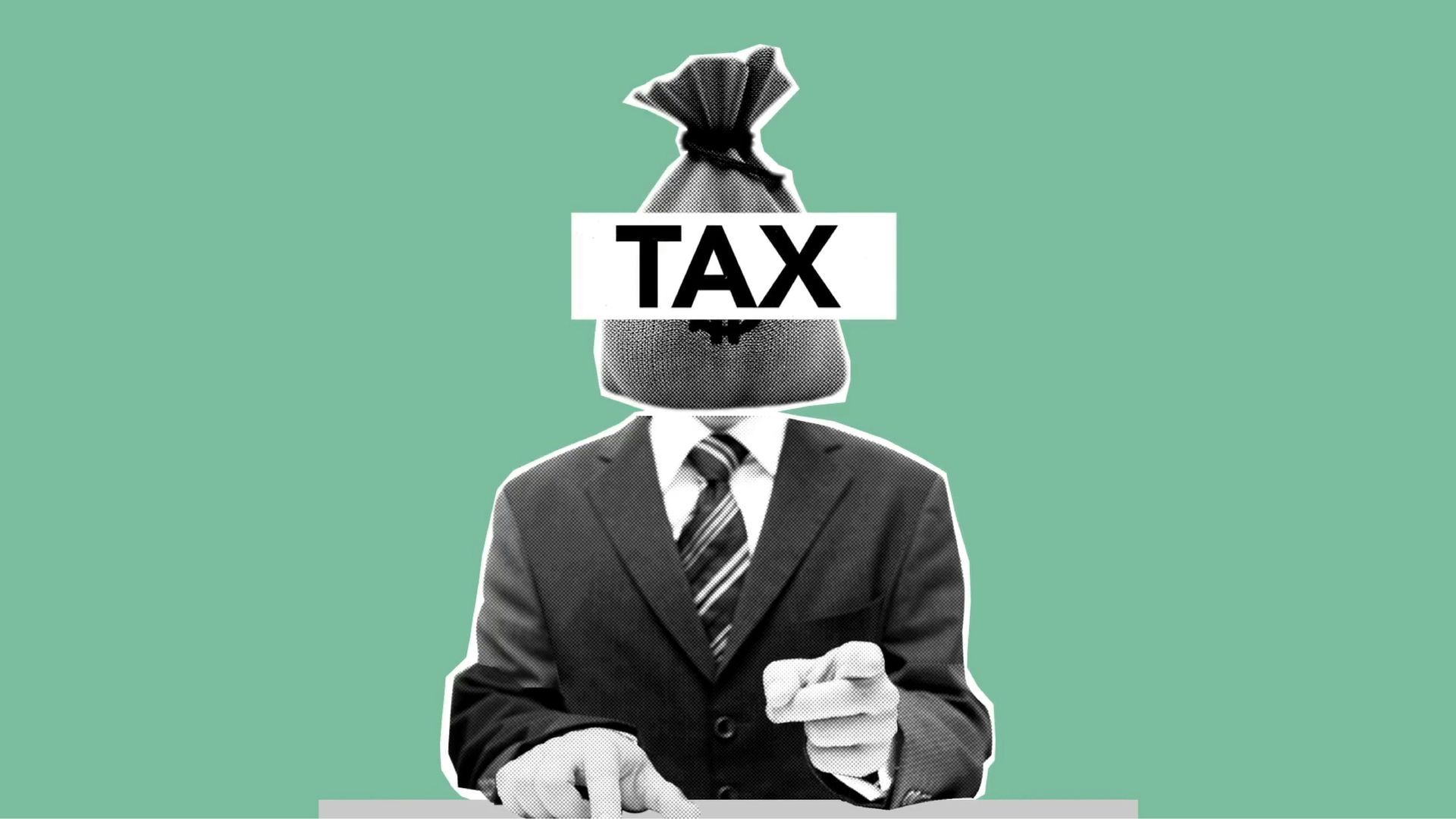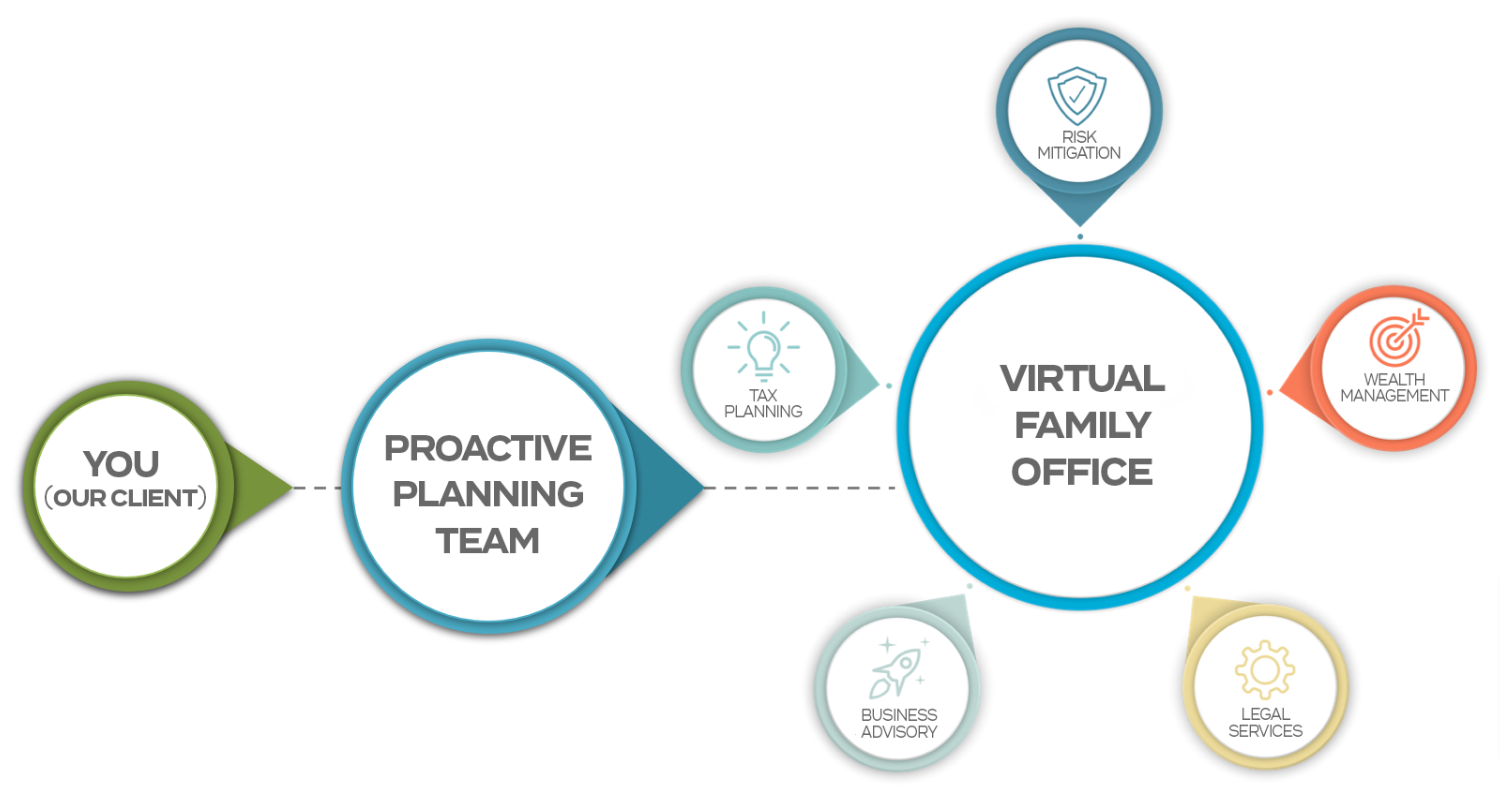Dale Hammernik’s Secret To True Value In A Business: Satisfied Customers
I hate that I have to do this sometimes, but I’ve come to realize that it’s part of the job.
I’ve written recently about the importance of “thinking big” and the value of your dreams, and how to break out of analysis paralysis.
The flip side of that coin is the clear light of harsh reality. And sometimes I have to shine that light — even in the midst of all that big thinking. (Which again, I love to see!)
So, as someone who helps clients evaluate businesses to purchase, and who (even more regularly) comes alongside existing businesses to assist them in valuation and/or in a simple analysis of their profits (or lack thereof), I’ve learned a thing or two about the true oxygen for a healthy small business.
Would you like to hear it?
[And I would be remiss if I didn’t also pause here to say, in light of the recent observance of Memorial Day: We are so very grateful for our servicemen and women who made the ultimate sacrifice. May all of us live our lives as a reflection of their honor, and the gifts we too-easily take for granted. ]
Dale Hammernik’s Secret To True Value In A Business: Satisfied Customers
“The magic formula that successful businesses have discovered is to treat customers like guests and employees like people.” -Thomas J Peters
How do you set a value on your business?
Here’s how to think about this: Consider not only your immediate short-term needs, but also your long term hopes; and in that process (this is the clincher), very carefully consider the value of the customer or client .
Every business, every product line, every service organization, even if it is distanced from the ultimate consumer by a chain of distribution, is still dependent on an actual consumer for its lasting success.
The greatest asset a business can ever possess is a known list of loyal , satisfied customers.
Recently, I observed a local business that was for sale. My observations revealed that the store’s inventory mix was poorly selected for its primary clientele, which were business people and office workers. Considerable floor space in the store was being wasted and the store did have excellent traffic during the day.
The asking price for the store was a little high (as asking prices usually are), but it looked to me like the numbers could be made to work. But then I asked the problem question, “How many people with their home addresses are on your mailing list?” This store owner (after five years of operating the business) had never bothered to collect his customer’s names and addresses on a mailing list. He had no way to directly reach out to his past and present customers.
He mistakenly thought that the value of a business is its lease, its furniture and fixtures, its inventory, its financial statements.
He didn’t understand that none of those things are worth much without satisfied customers.
Now let’s take big business. When you buy a new car or a new stereo or a new appliance you are separated from that product’s manufacturer by a chain of distribution that includes manufacturer’s representatives, wholesalers, warehouse operators, and the store or the dealer.
Yet you probably filled out a warranty registration card and mailed it to the manufacturer. Why is that done? One reason is so that the manufacturer can find out who its customer is. Some manufacturers then use these lists to market. Others just accumulate the data unsure of what to do with it, but at least they *have* a customer list.
As you establish marketing objectives, strategies and the VALUE for your business I urge you to carefully consider the value of the customer FIRST.
Feel very free to share this article with a Waukesha County business associate or client you know who could benefit from our assistance — or simply send them our way? While these particular articles usually relate to business strategy, as you know, we specialize in tax preparation and planning for Waukesha County families and business owners. And we always make room for referrals from trusted sources like you.
Warmly (and until next week),
Dale Hammernik
(414) 545-1890
Hammernik & Associates
The post Dale Hammernik’s Secret To True Value In A Business: Satisfied Customers appeared first on Talking Tax to Milwaukee.
See More Blog Posts







